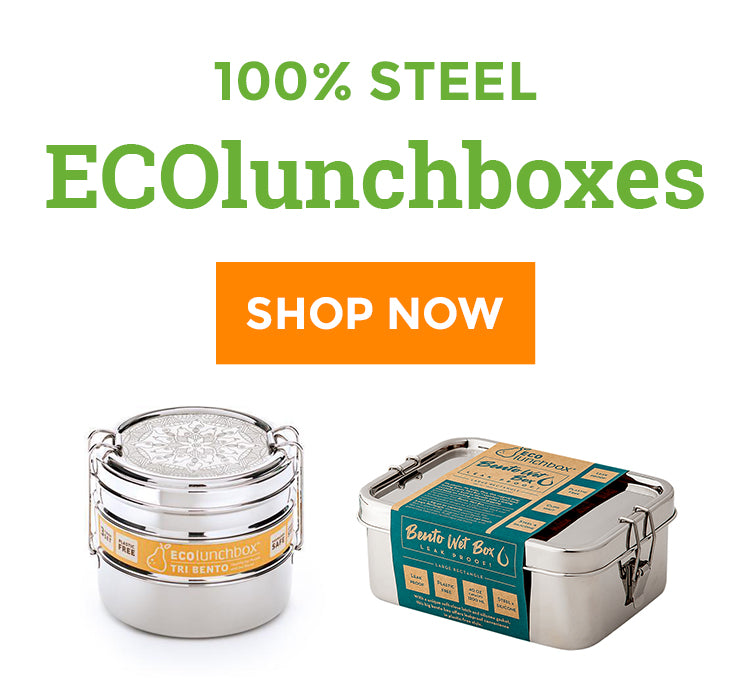Plastic-Free Gardening Tips

Whether you’re relying too heavily on plastic or seasonally dousing your yard with toxic synthetic weed killers, don’t worry because we have 4 plastic-free gardening ideas to help you tune up your eco act in the garden this spring.
1. Non-Toxic Weed Control
Did you know it’s totally possible to prevent weeds from taking root without using plastic landscaping fabrics or toxic pre-emergent weed killers? To get started, make a plan to responsibly discard any plastic bottles of weed killer you have through your waste company. Most garbage companies offer free drop-off locations for chemicals and paints.
Using your hands to pull out the weeds or a hoe to knock them down, get to work clearing out spring sprouts that don’t belong. To keep them from growing right back, use cardboard or old newspapers (instead of black polyester landscaping fabric that’s made of plastic) to create an upcycled, biodegradable barrier. So it’s more attractive, add a mulch, like grass clippings if you have them, or purchase straw or mulch.
Don’t use plastic in your garden since it’s toxic and not biodegradable! When you’re ready to plant vegetables, cut slits into the cardboard or newspaper to nestle them into the dirt.
2. Upcycled Plant Containers
Ready to start planting? This is a great time to upcycle old plastic containers to use as small containers for sprouting your seeds or giving small plants a good start indoors or outside in a greenhouse. Another creative idea is to use egg shells to start your seeds. Egg shells have lots of minerals that help plants grow, like calcium, nitrogen and phosphoric acid.
There’s no need to purchase plastic containers - just use containers you have around the house. Have you ever thought about what happens to those plastic plant containers once you transplant your veggies into the garden? Most plastic, especially black plastic, can’t be recycled so these non-biodegradable containers end up buried in our landfills or lost in the environment.
3. Pruning Sans Plastic Bags
All you need to start pruning is a sturdy pair of reusable garden gloves and sharp shears. Tools matter, so make sure you’ve got these two essentials in hand before you get started. It’s time to cut out the old woody branches, to make way for new spring growth as well as trim overgrown plants.
Forget about using plastic trash bags, which just end up sitting in a landfill! Instead if you have on-site compost, use it for your pruning clippings. If not, use biodegradable paper gardening sacks.
4. Compost
Build your soil better by setting up home composting of your kitchen scraps. Don’t throw out those coffee grounds, vegetable peels, and other organic table scraps. Keep a container with a sealable lid like ECOlunchbox’s Blue Water Bento Splash Box XL, which holds 5 cups, next to the sink to collect scraps for the compost pile.
Add your kitchen scraps along with leaves and grass clippings to the compost. This material will provide your garden with nutrients without using chemical fertilizers. You’ll save money and the planet.
Olive Dawson is a gardening and landscape design writer and environmentalist who loves eco-friendly living, especially when it comes to reducing waste and growing food organically.





